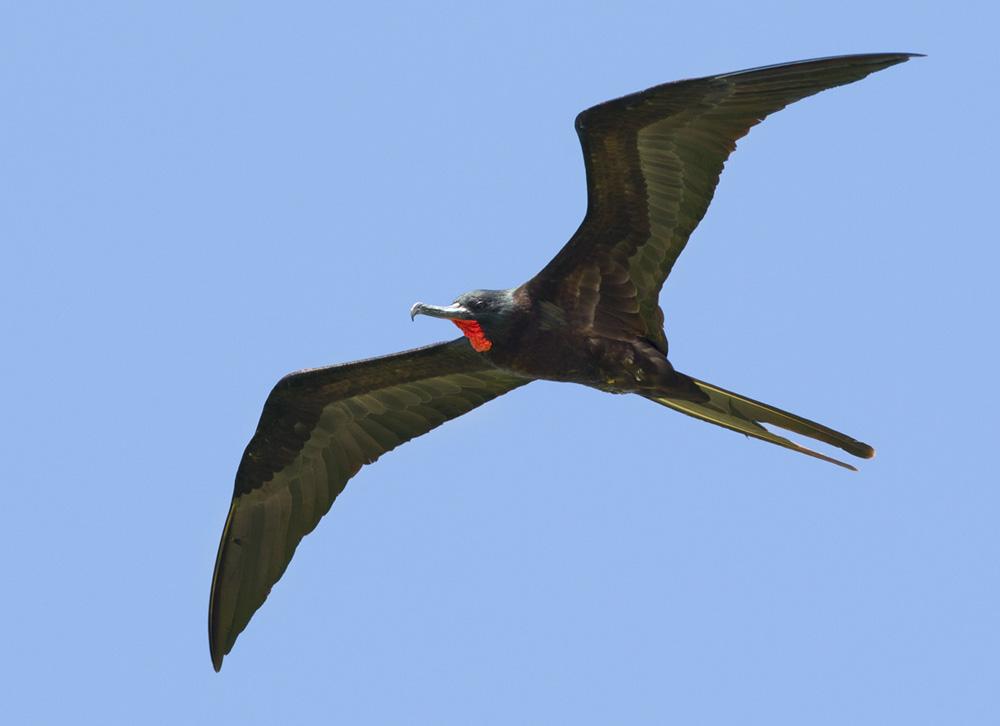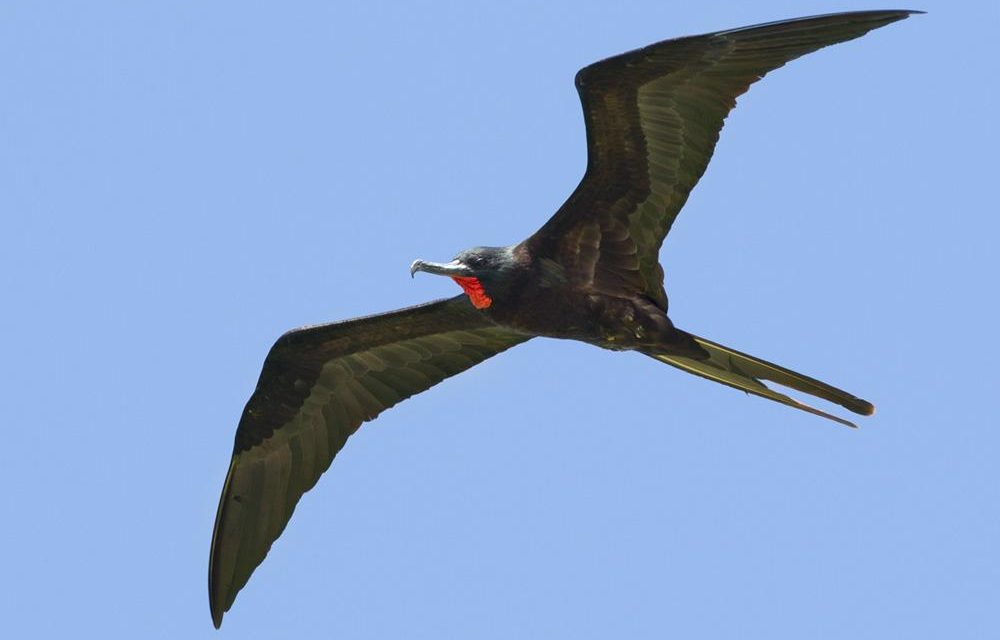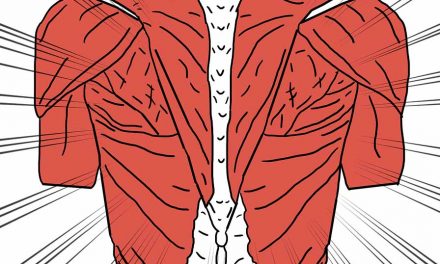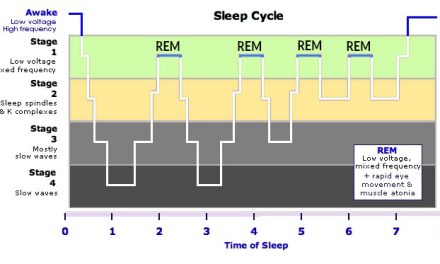
Dr. Niels Rattenborg
Dr. Niels Rattenborg is not your typical sleep scientist. He studies birds, not humans, for their sleep patterns which strongly resemble human sleep patterns. Birds have slow wave and REM sleep, just like humans.
Dr. Rattenborg studies the Canada Goose and it’s sleep patterns at the Max Planck Institute for Ornithology. The geese use unihemispheric sleep, much like whales and dolphins. Essentially, one half of the brain of these animals sleeps while the other stays awake and alert. The eye of the corresponding side of the brain that is engaged in deep sleep is closed, while the eye of the side of the brain that is awake is wide open to spot any oncoming danger.
An extraordinary development in evolution has enabled geese and other animals the miracle of unihemispheric sleep. Dr. Rattenborg’s team has pioneered the use of electroencephalogram (EEG) data-loggers to monitor animal’s sleep in the wild. Through data logging, it was demonstrated that great frigate birds could not only engage in unihemispheric sleep during flight but also complete sleep while maintaining flight. In other words, the great frigatebird can be completely asleep while flying.

Frigate bird
Despite being able to sleep in a number of ways during flight, the frigate bird sleeps very little during ocean crossings, sometimes as little as one hour per day. The bird performs remarkably well despite the lack of sleep. This has led to the development of the scientific term “adaptive sleeplessness”. Trough the study of bird’s sleeping patterns, Rattenborg’s team hopes to discover the health and performance effects that sleep loss has on humans and other mammals.
Although the great frigate bird’s ability to sleep on autopilot while flying over the ocean may seem like something akin to the self-driving car, the bird species only sleeps for one hour per day during ocean crossings.
Dr. Rattenborg’s ornithological studies on sleep may provide some insights into why we need to sleep, and what exactly happens during that time.
















